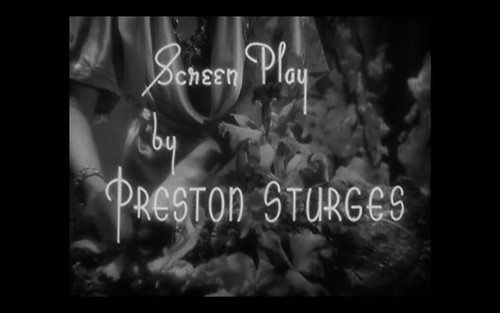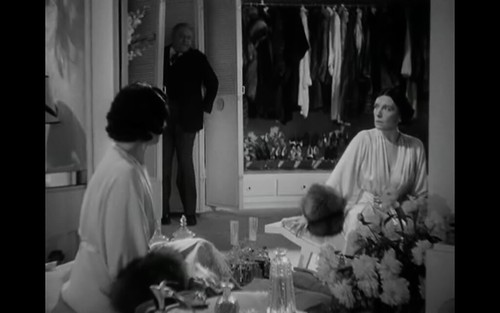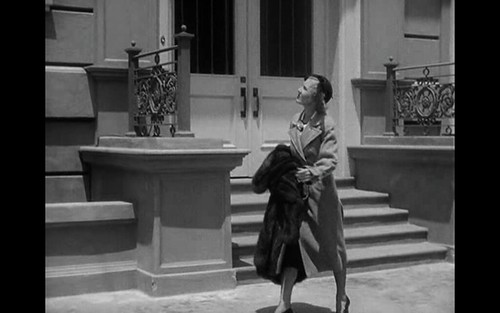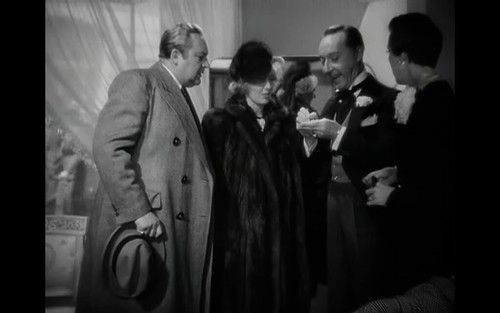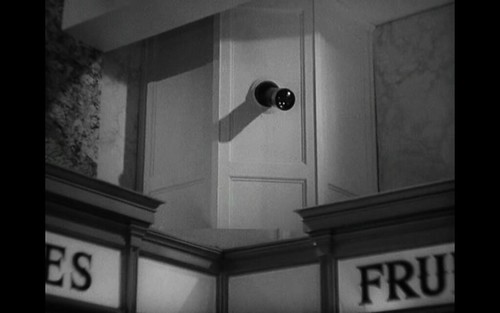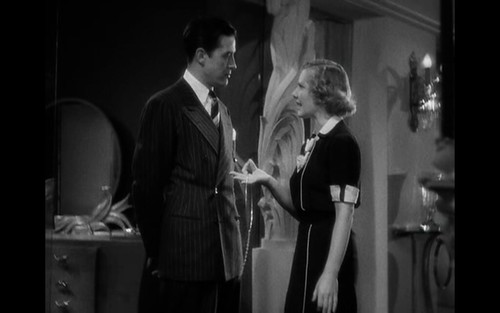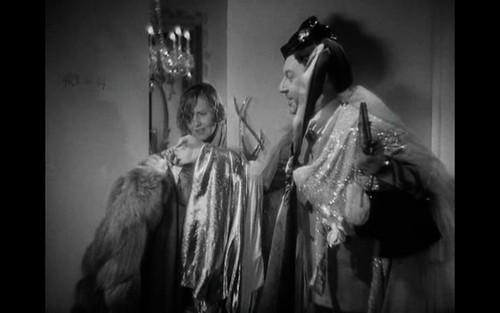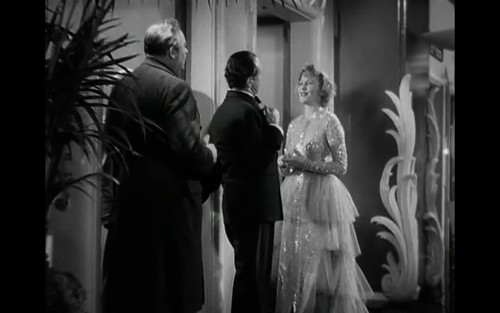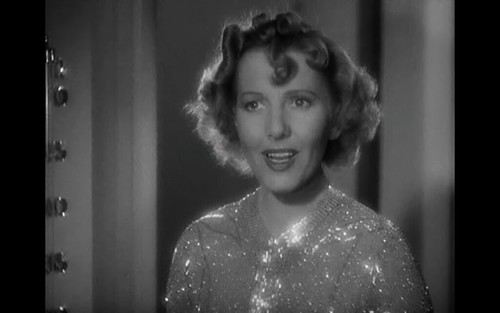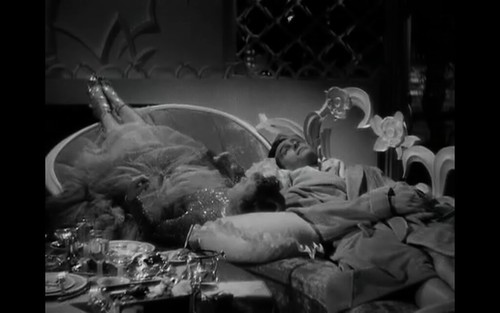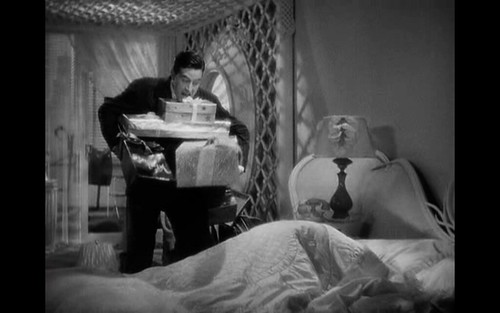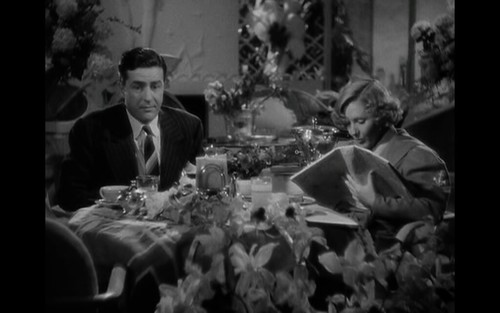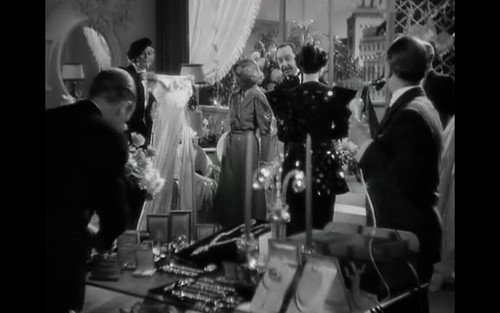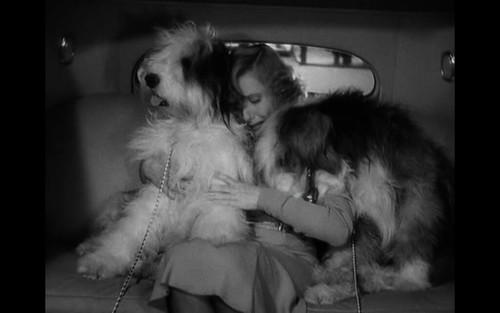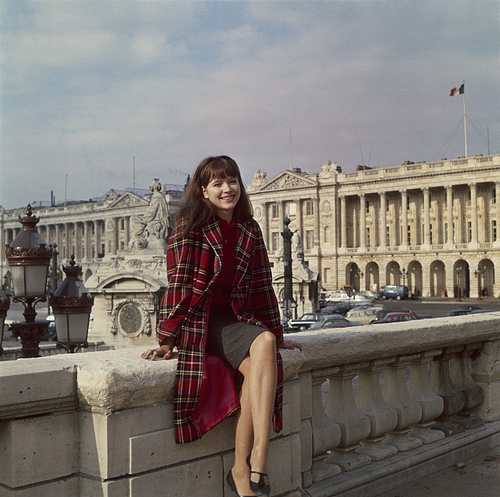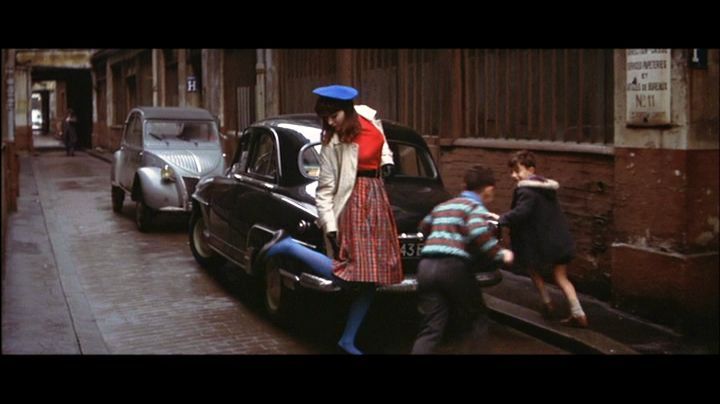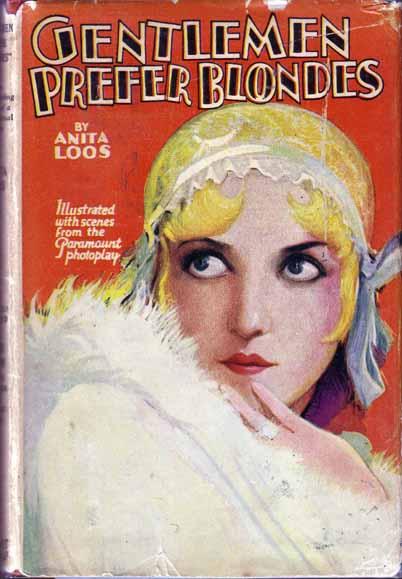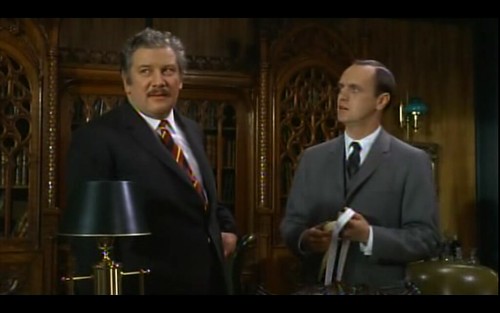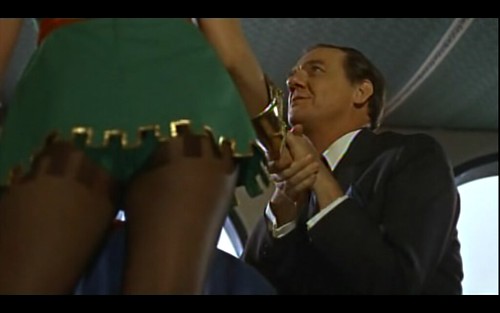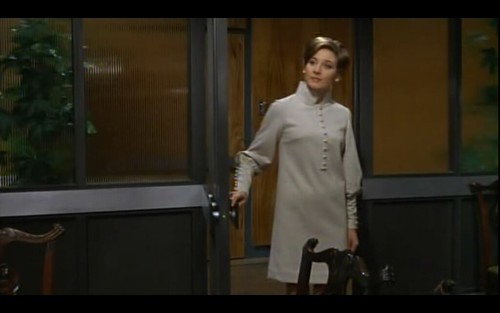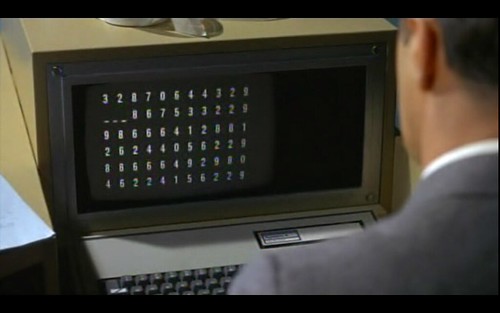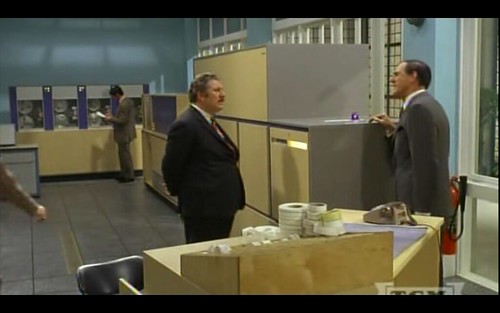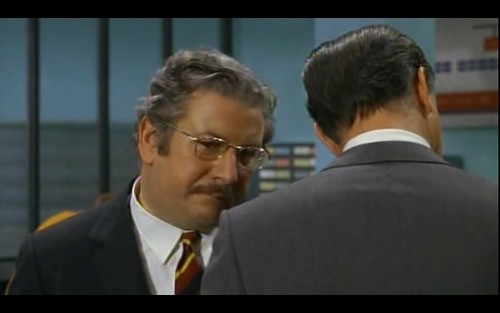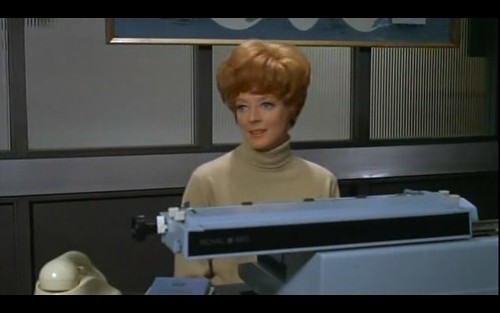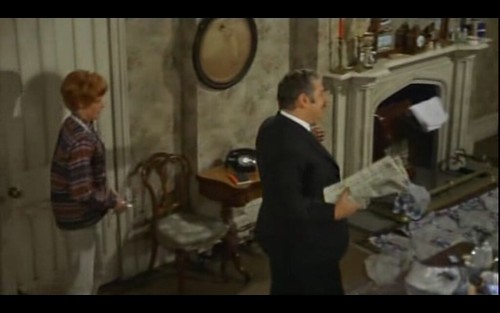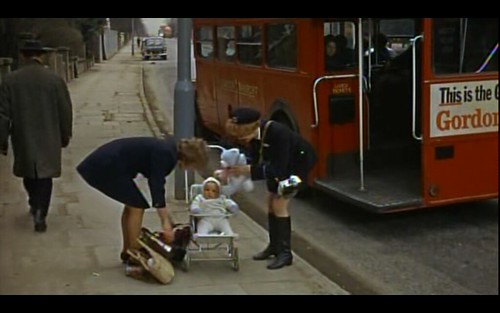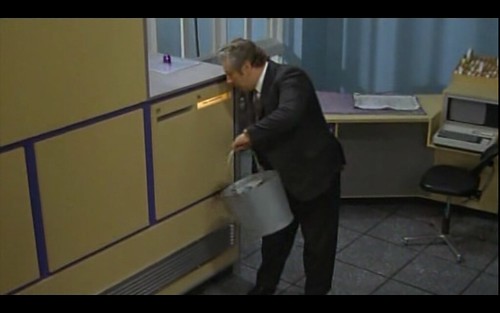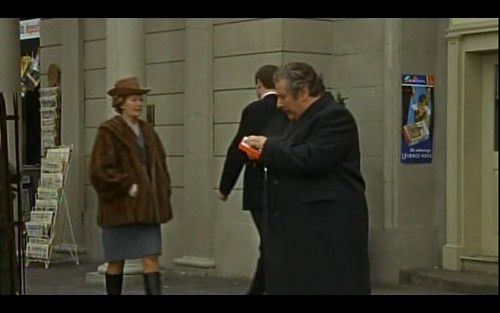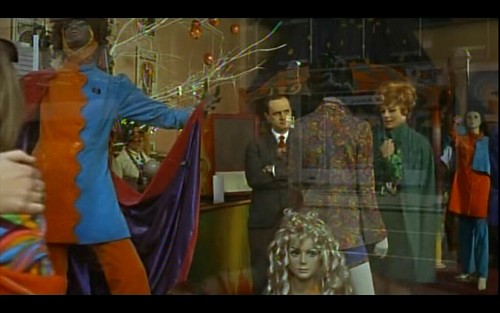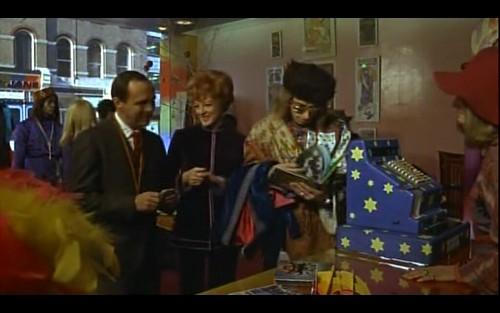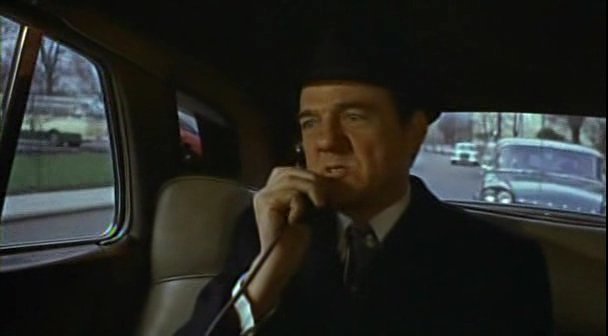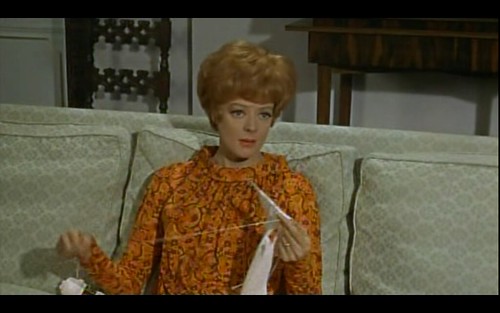
Published posthumously, Fate Keeps On Happening is a collection of Miss Loos' essays, historical snippets and short stories which can be neatly divided into five parts.
Part One: Have you ever wondered what happened to Lorelei Lee after GPB? Well, she did marry Henry Spoffard and became a wealthy society wife as a result. Her autobiography also sold like hot cakes, giving her an independent income too. When she got bored with living in Philadelphia, she got divorced, dragged Dorothy on another European tour and met a wealthy car man from Detroit and married him. However, Lorelei is still able to get what she wants from a man, such as a $1500 bracelet from a gentleman, who doesn't speak English, during a spur of the moment trip to Cuba. In these later writings, one can also see how Lorelei has matured as an authoress, being able to stick to one subject in her essays and tell of her humourous adventures into Hollywood and the publishing world as well as her own view of the history of the Jazz Age, prohibition and blondes.
Part Two: Miss Loos' own tale of how she came upon the idea to write GBP and how it's resulting fame effected both herself and the world at large. As the first American writer to directly make fun of sex and as a writer during the Roaring Twenties and the Lost Generation of very witty and creative writers, these essays are extremely informative, not only as an insight as to how a novel is born, but are also immensely significant to the history of literature. I can think of no other author who has documented their own personnel history of their most popular work. But if anyone can think of one, could you please send me a note as I would like to read it.
Part Three: Mixed in throughout the book are Miss Loos' personnel reflections and anecdotes of her famous and non-famous friends. Especially charming are her two tales of Colette and AH at the time of when she was adapting Gigi for the Broadway stage and her account of the oft repeated story of how Colette spotted AH in the hotel lobby and announced "That is my Gigi!" and Miss Loos' own role in interviewing AH before she accepted the role that made her famous. There is also included her own version of the lives of Jean Harlow and Louise Brooks, which I found much more personnel than the David Stenn and Barry Paris biographies of the two icons. My own favourites are her stories of her close friend Paulette Goddard and how she would buy diamonds whenever the stock market took a dip (which made her financially secure as a result) and of her friendship with the fabulous Tallulah, whom she met as she was beginning her career in the lobby of the Algonquin when she was sixteen.
Part Four: These are mostly autobiographical sketches throughout the book, however some are also more of her opinion essays. These were evidentially written in her later years and were previously unpublished for the most part. Her opinions are mostly reflections on the changes in fashion, dancing and morals that came about during the Sixties. Although I may not agree with her opinions on the decline in morals and the consequences that they had on relationships, (and neither will you) I do however agree with the arguments that she gives in order to justify her "old-fashioned" opinions. I love how viciously she uses her wit in order to critique the sloppy fashions worn by teenagers in the Seventies (baggy jeans and whatnot) and you'll love how she attacks the discotheque for ruining the point of dancing in pairs. Her autobiographical essays are fantastic as the tell of her life as a child actor in California before the First World War, which included playing the lead opposite the young Harold Lloyd and how she first got into writing scenarios for D.W. Griffith at the age of twelve. Miss Loos did truly lead a fascinating life and knew some really terrific characters, who threw some dinner parties that will never be repeated (there are quite a few of those stories)
Part Five: Is a novella published in 1926 in Harper's Bazaar entitled Why Girls Go South, about a debutante named Judy Revell, who's family has run up quite a lot of bills and has decided that she no longer wants to be in dull family who is stuck in the past and has decided to become a flapper. It's slightly similar to some of Fitzgerald's short stories, only much funnier and Lorelei Lee does make a brief appearance. But I shan't tell you anymore then that.
Well, that's it for Anita Loos month. Any requests for February's literary selections?



